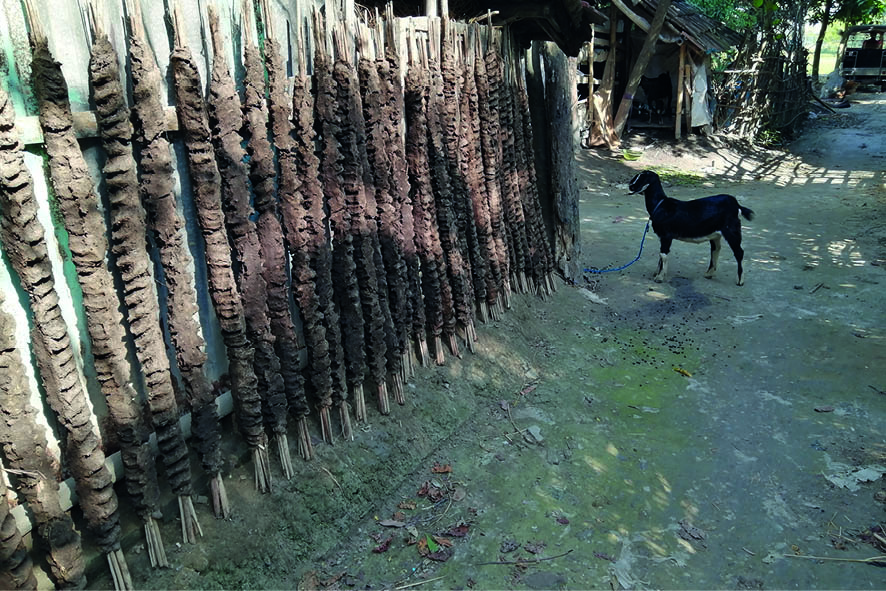After almost 50 years, the UN Water Conference was held in New York in March 2023. Among the many events and sessions held during the conference, several were dedicated to the water-food nexus, highlighting the complex interrelationships and discussing innovative ways to promote sustainability in both sectors. Although the discussions were timely and pertinent, they were primarily focused on macro-level issues, such as water availability and quality, while ignoring the critical role that sanitation plays in this nexus. This might be partially explained by the tendency to focus on large-scale infrastructure and projects. In contrast, sanitation is typically addressed within the public health sector at the household or community level. However, integrating sanitation into the water-food nexus in a more meaningful way can yield great benefits for the water and food sector, particularly the agricultural sector.
A holistic integration of sanitation into this nexus could enhance more sustainable and resilient agricultural systems, improve water use, efficiency, and public health, and reduce the environmental impacts of sanitation. Furthermore, the perspective of sanitation on smaller-scale and on-site alternatives can lead to more sustainable, equitable and contextualised water and food practices.
The safe and sustainable reuse of sanitation flows, such as human and animal sludge and wastewater, can significantly benefit agricultural productivity and food security. These waste flows, which can include human and animal excrement, greywater, ashes, and organic waste, often contain valuable plant nutrients such as nitrogen (N), phosphorus (P), and potassium (K), as well as water and organic matter that can be used to fertilise crops and improve soil health1. By utilising these waste flows in agriculture, we can create a more circular and sustainable food-water nexus that benefits both the environment and human well-being In areas with limited fertiliser sources, the safe reuse of these waste flows can effectively increase agricultural productivity and reduce dependency on external inputs and synthetic fertilisers. Moreover, reusing wastewater for agricultural purposes can also promote more efficient use of water resources, lowering the demand for freshwater and providing a more sustainable alternative to conventional irrigation methods reducing pollutant and high nutrient loading discharge into water bodies.
Additionally, adopting safe and sustainable sanitation practices can have a significant impact on both public health and the environment and thus contribute to a more sustainable and resilient food-water nexus The safe treatment processes of sanitation flows can successfully inactivate or significantly reduce the presence of pathogens and microorganisms, including antimicrobial-resistant (AMR) bacteria. Safely treating sanitation flows is critical to ensuring that their use in agriculture poses the least risk of AMR microorganism transmission. Additionally, the safe management and reuse of sanitation and waste flows can help to mitigate the environmental impacts of sanitation, such as contamination of water bodies and shallow aquifers.
In this sense, SEI researchers presented the Clean and Green framework, which aims to promote progress in sanitation and hygiene while enabling households to benefit from safely recycling resources found locally at the Sustainable Sanitation Alliance North America meeting in the frame of the UN Water Conference. The framework is divided into two tracks: the clean track, which aims to reduce sanitation-related health risks by managing faecal sludge and other wastes generated in the community, and the green track, which aims to promote the safe reuse of the sanitation and waste flows generated in the household and community. To be successful, this framework requires strong engagement with the agricultural sector to encourage more conscious use and management of local sanitation and waste flows (Dickin et al., 2018). Given the critical role that sanitation can play in the water-food nexus, this framework could be beneficial for meaningfully integrating sanitation into the nexus and recognising the role sanitation in achieving more integrated and inclusive approaches to water and food management.
Written by Carla Liera, Research Associate at SEI Headquarters.
